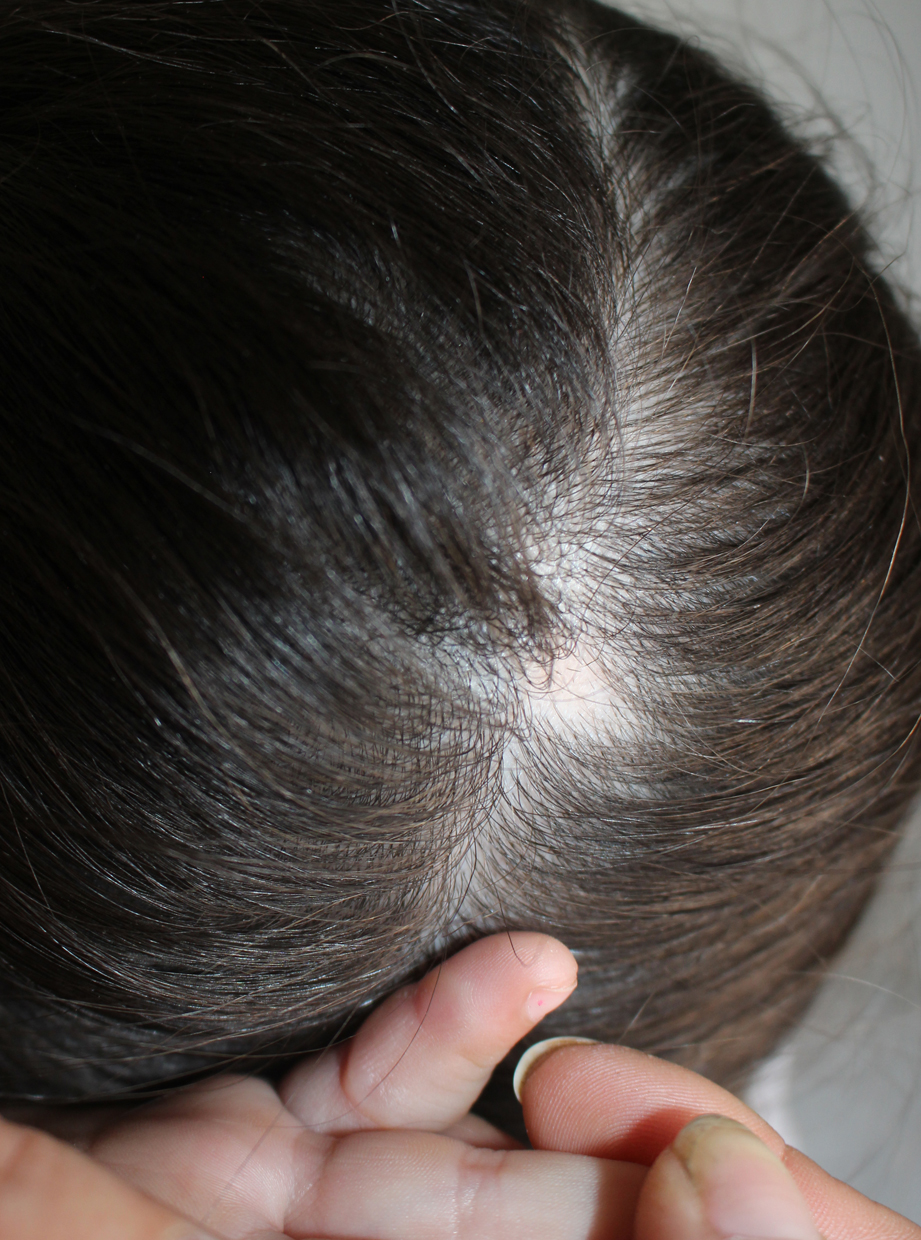Granuloma annulare and alopecia areata in a 4-year-old little girl.

Downloads
DOI:
https://doi.org/10.26326/2281-9649.29.2.1991How to Cite
Abstract
In our series (1) localized granuloma annulare is the most frequent form in the child, followed by the subcutaneous – which is more frequent than in the adult – and generalized form; it shows an incidence peak at 3 years and is more frequent in the female sex (62% of cases); the dorsal surface of the feet is the most frequent affected site. In our series the average duration of the illness is 18 months; in a minority of cases the disease lasts much longer with a chronic or more often chronic-recurrent course: these latter cases are more frequent in females with an autoimmune family history (1). Autoimmune pathogenesis is one of the many hypotheses advanced for granuloma annulare and thyroiditis is the most often associated autoimmune disease (2). The spontaneous resolution of granuloma annulare justifies the success obtain-ed with the most disparate therapies and, above all in the child, the choice of wait and see policy.
